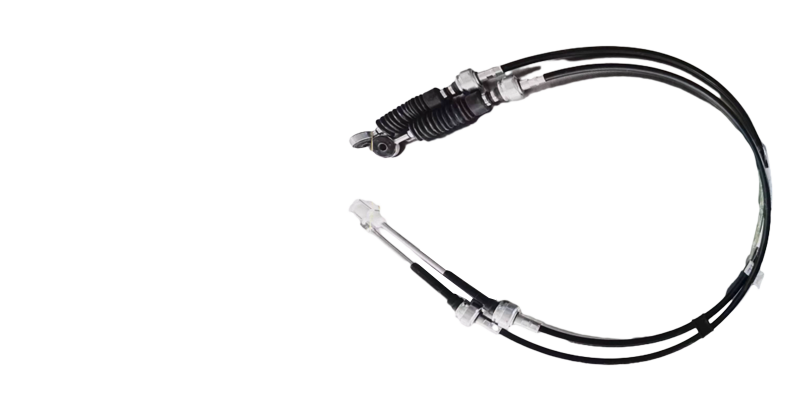hand brake cable
Understanding Hand Brake Cable Importance, Function, and Maintenance
The hand brake cable, an essential component in vehicle braking systems, plays a crucial role in ensuring the safety and control of vehicles. Commonly known as the parking brake or emergency brake cable, it is designed to maintain the vehicle's position when parked and can serve as a backup in case the primary braking system fails.
Functionality
The hand brake cable connects the hand brake lever (usually located between the driver and passenger seats, or on the dashboard in some vehicles) to the brake mechanism at the rear wheels. When the driver pulls the hand brake lever, the cable is tightened, pulling on the brake shoes or calipers, which then engage the brakes. This engagement prevents the vehicle from rolling, especially on inclines.
In addition to preventing unwanted movement, the hand brake cable provides an additional layer of safety. In emergencies, the hand brake can be deployed to slow down or stop the vehicle. However, it is important to remember that the hand brake is not designed for regular stopping but rather as a supplementary measure.
Types of Hand Brake Cables
hand brake cable

There are generally two types of hand brake cables standard cables and adjustable cables. Standard cables are straightforward and connect directly from the lever to the brake mechanism. Adjustable cables, on the other hand, provide fine-tuning options, allowing users or mechanics to increase or decrease the tension as needed. Depending on the vehicle's make and model, different designs may be employed to optimize performance and reliability.
Maintenance and Troubleshooting
To ensure the hand brake cable functions correctly, regular inspections are essential. Over time, the cable can wear out, rust, or become frayed due to exposure to the elements or mechanical stress. Signs of a failing hand brake cable include difficulty in pulling the lever, a decrease in braking effectiveness, or a rattling noise while driving.
If you notice any of these symptoms, it's prudent to take your vehicle to a qualified mechanic. They will check the condition of the cable, as well as other components of the braking system. Keeping the cable lubricated and free from corrosion can prolong its life and maintain optimal performance.
Conclusion
In summary, the hand brake cable is a vital part of a vehicle's braking system. Understanding its function, types, and maintenance practices ensures that drivers can rely on their vehicle's parking brake for safety and performance. Regular checks and maintenance can prevent cable failures, ensuring a secure driving experience. Remember, while the hand brake serves as an essential backup, it is crucial to maintain and properly use the primary braking system for everyday driving.
-
Workings of Clutch Pipe and Hose SystemsNewsJun.04,2025
-
The Inner Workings of Hand Brake Cable SystemsNewsJun.04,2025
-
The Secrets of Throttle and Accelerator CablesNewsJun.04,2025
-
The Hidden Lifeline of Your Transmission Gear Shift CablesNewsJun.04,2025
-
Demystifying Gear Cables and Shift LinkagesNewsJun.04,2025
-
Decoding Clutch Line Systems A Comprehensive GuideNewsJun.04,2025
